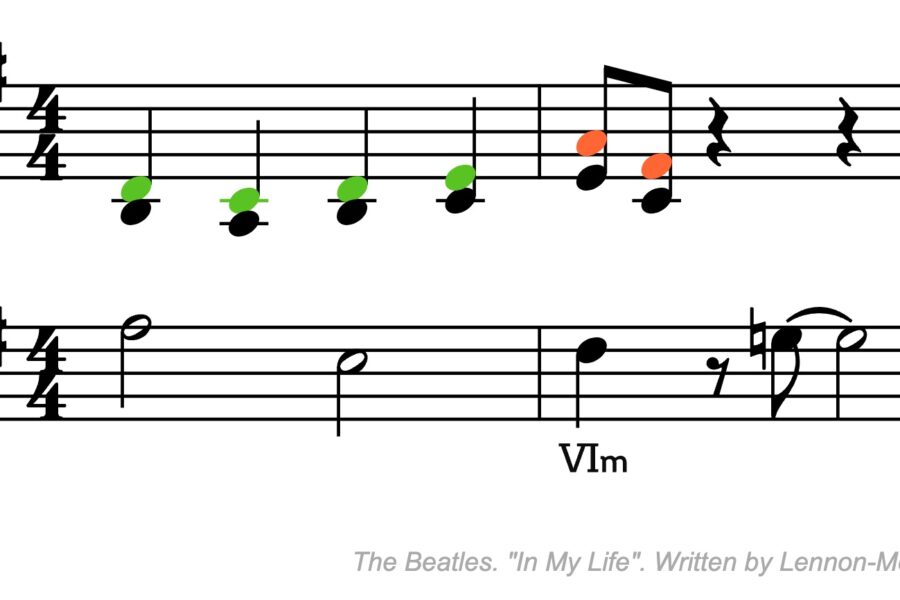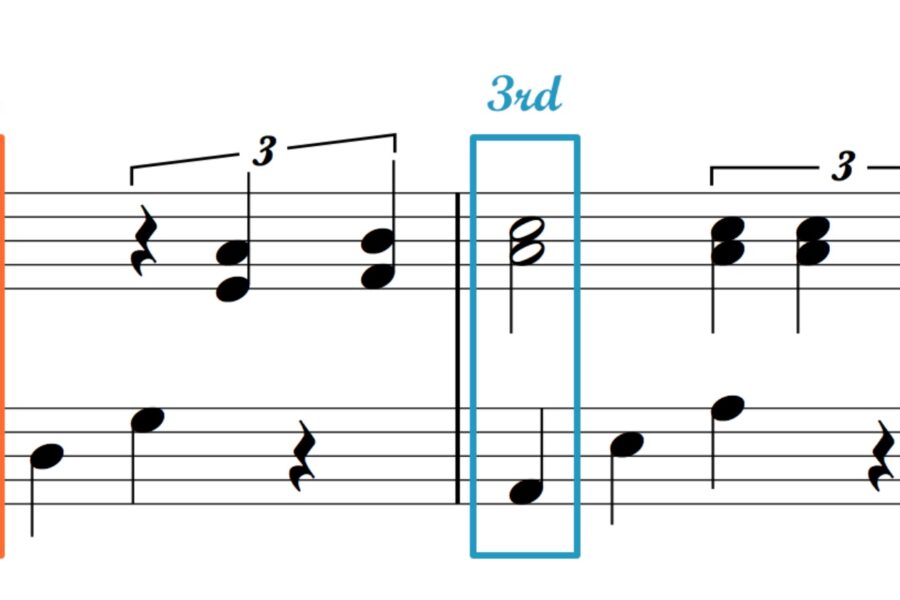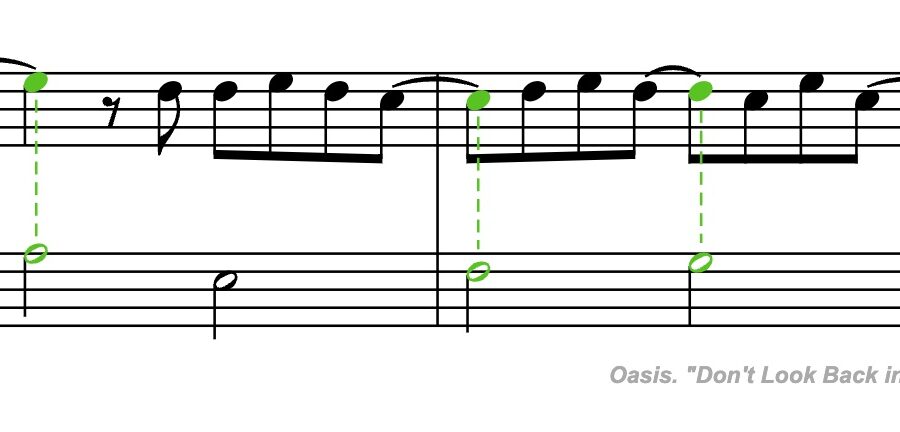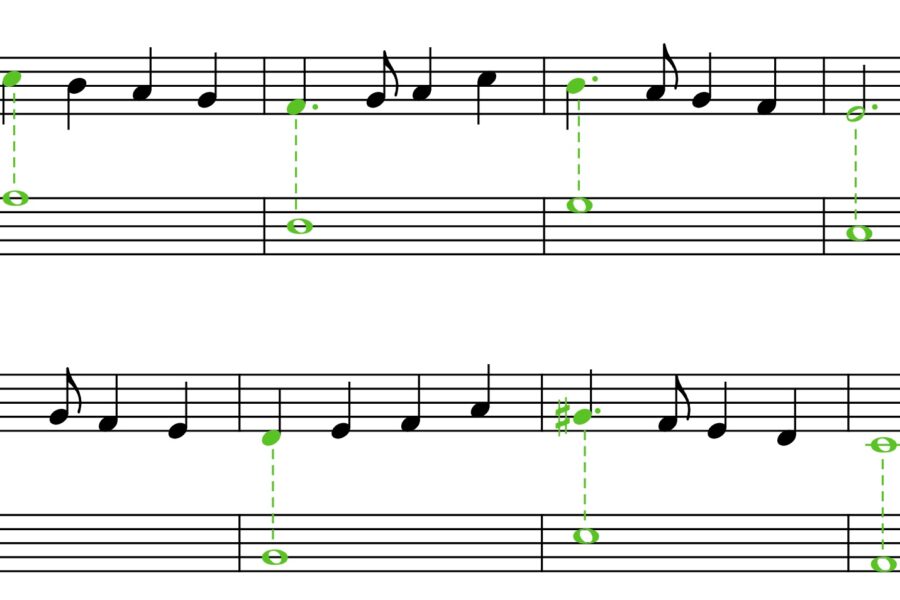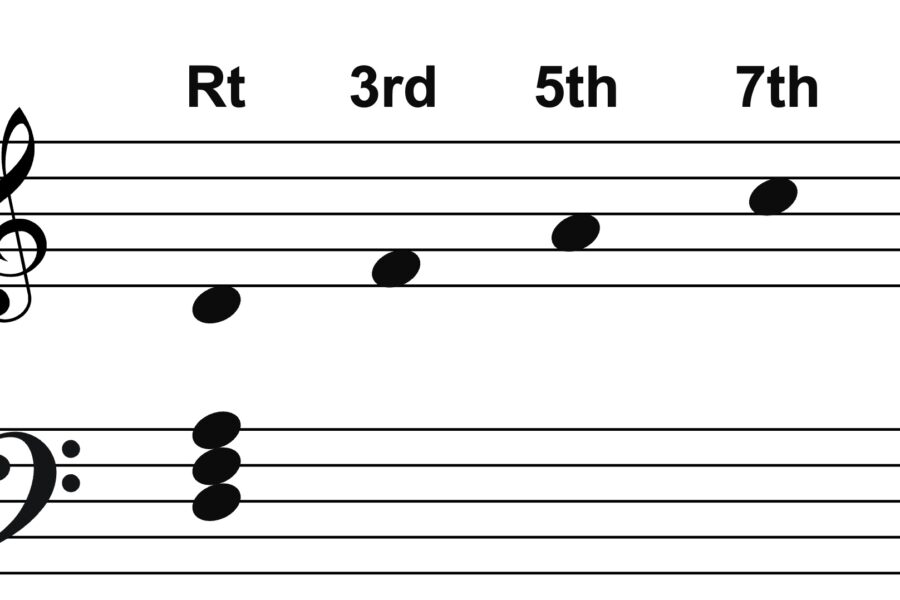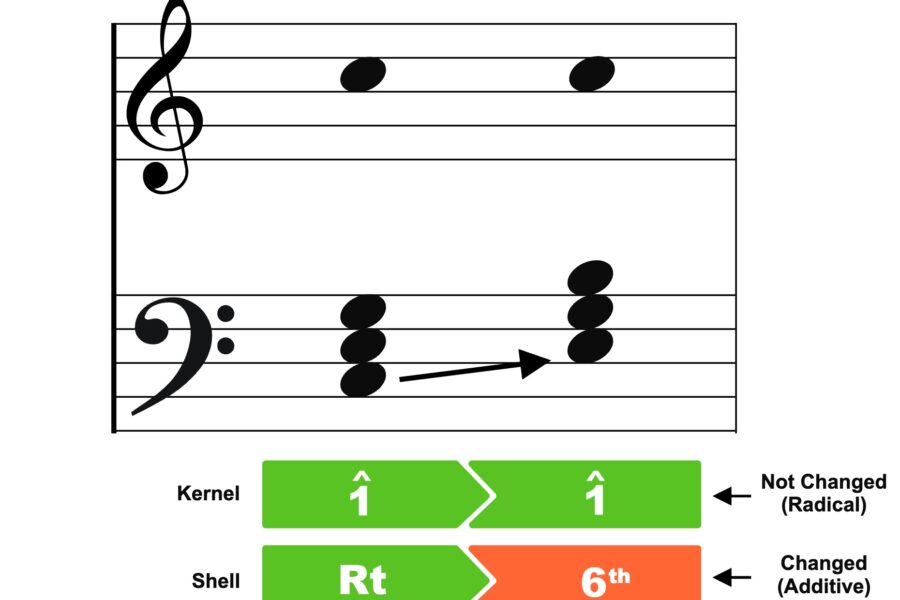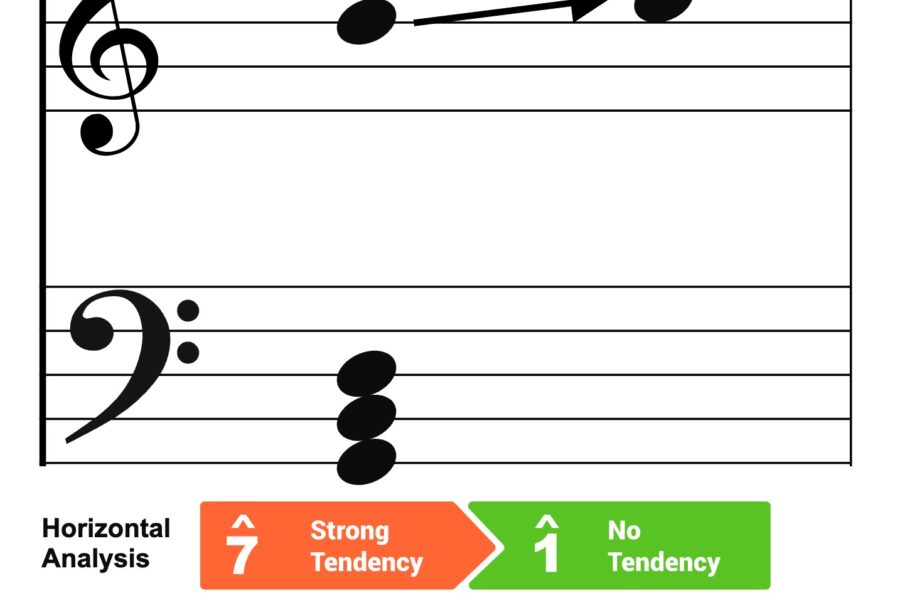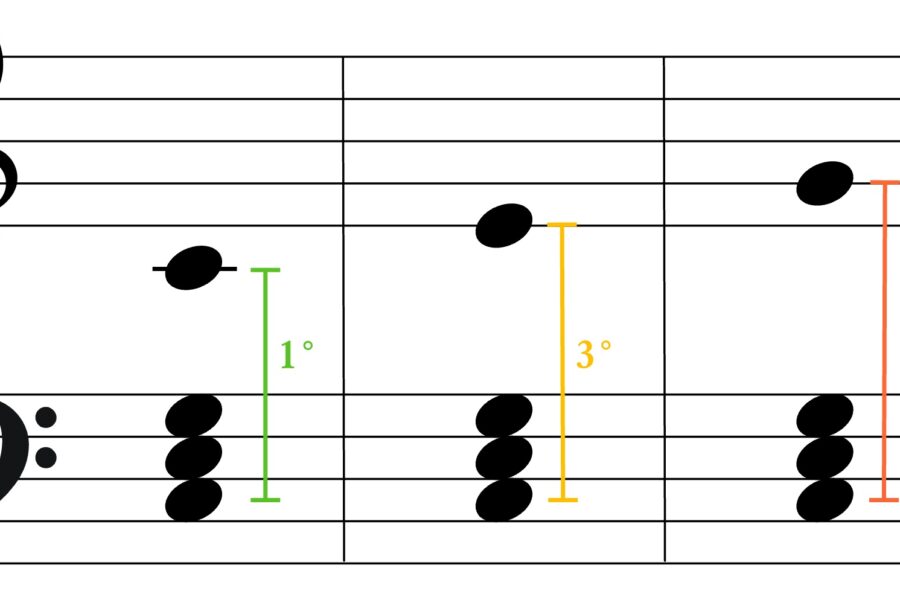By understanding the concept of "shell", you've come to grasp the relationship between chord and melody. Now, I'd like to delve into the theoretical understanding of how to reinforce a melody by harmonizing it with sub-melody. When it comes to adding harmony to the main melody, there are several styles possible. However, this time, I'll focus on the most common…
yutaDecember 5, 2023
